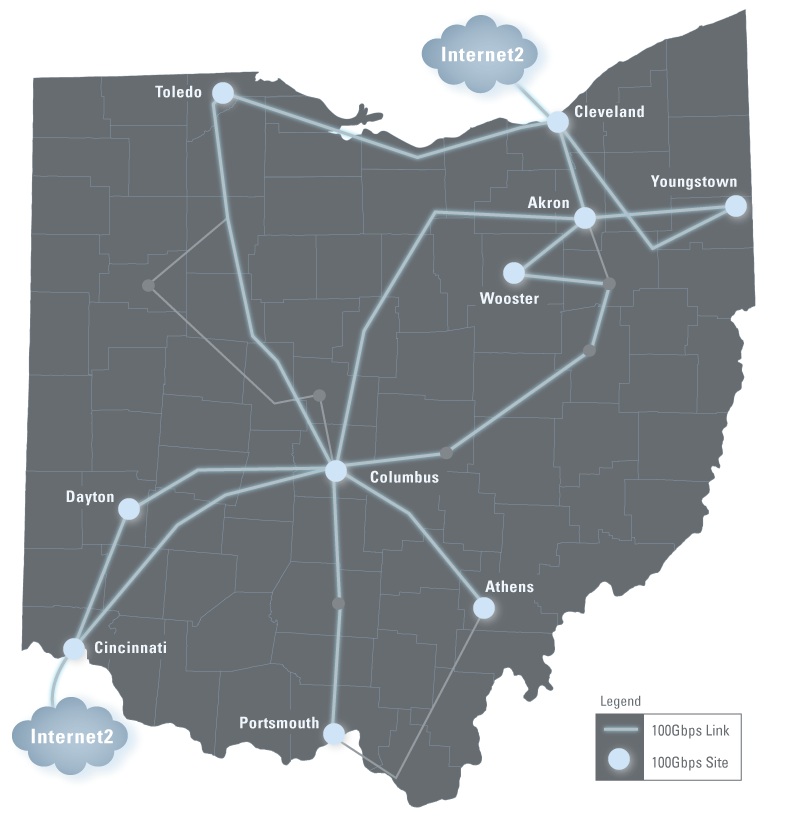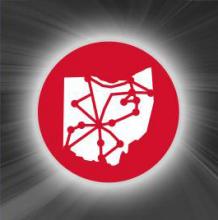Ed.—This post is the second in a series on ultra-fast network topics in recognition of the first anniversary of OARnet's 100 Gbps network backbone deployment. For others in this series, follow the 100 Gig tag.
It was just a year ago that OARnet officially lit its 100 Gigabit-per-second network backbone service. At the time OARnet's implementation was the first statewide lighting of a 100G service and was one of the first in the United States. The pace and acceleration of technology advancement is relentless, and in just one year 100G services are now commercially available. To put it in perspective, at the time OARnet lit the 100G service, it was still highly experimental.
How is it possible that in just 12 months an experimental technology is ready for prime time? In part, the answer is the IEEE, the standards body which oversees the 100G Ethernet standard; the group has gained a lot of experience over the last five to six years with one, 10 and 40 Gigabit networks. As it turns out, at 40 Gbps and above, the wave technology had to change, otherwise the entire optical fiber infrastructure would have to be rebuilt, and that was a fiscal non-starter.
The solution ended up being a technology called PM-QPSK, which changed the way a symbol is encoded on the wave. It takes advantage of a wave's polarization mode (PM). In other words, rather than the previous encoding scheme, which in lay terms used the wave’s PM in one plane, it now uses orthogonal aspects to achieve greater capacity.  For the more technical reader, please see:
For the more technical reader, please see:
The one-year milestone, coupled with my advancing age, caused me to reflect on my time here at OARnet. When I started at OARnet in 1996 as a field engineer, the SOMACS program (State of Ohio Multi-Agency Communications System) had just started. The goal of the program was to bring high-capacity networks to state entities. The National Science Foundation also ran the High Performance Networking program to get high-capacity networks to the campus. At the time, most OARnet schools were connected at 56Kbps, and we were making the huge leap to 1.5 Mbps. At that time, one had to call Ameritech’s HICAP (High Capacity) help desk for assistance. To put it all in perspective, the 100Gbps backbone is 66,667 times faster than the 1.5 Mbps of yesteryear.
What will the coming years bring? I can't say for sure, but I recently read an interview with William Gibson, the science fiction writer who invented the cyberpunk genre. Much of what he depicted in his first book, Neuromancer (1984), has come to pass. And, at that time, the Internet did not yet exist. Something he said still resonates with me and, I think, explains why it is important for Ohio to implement things, such as the 100G network, as a leader. He said, “The future is already here — it's just not very evenly distributed.” There will be winners and losers, and if Ohio is to remain competitive, it needs to make sure it remains on the forefront of technology and innovation.



